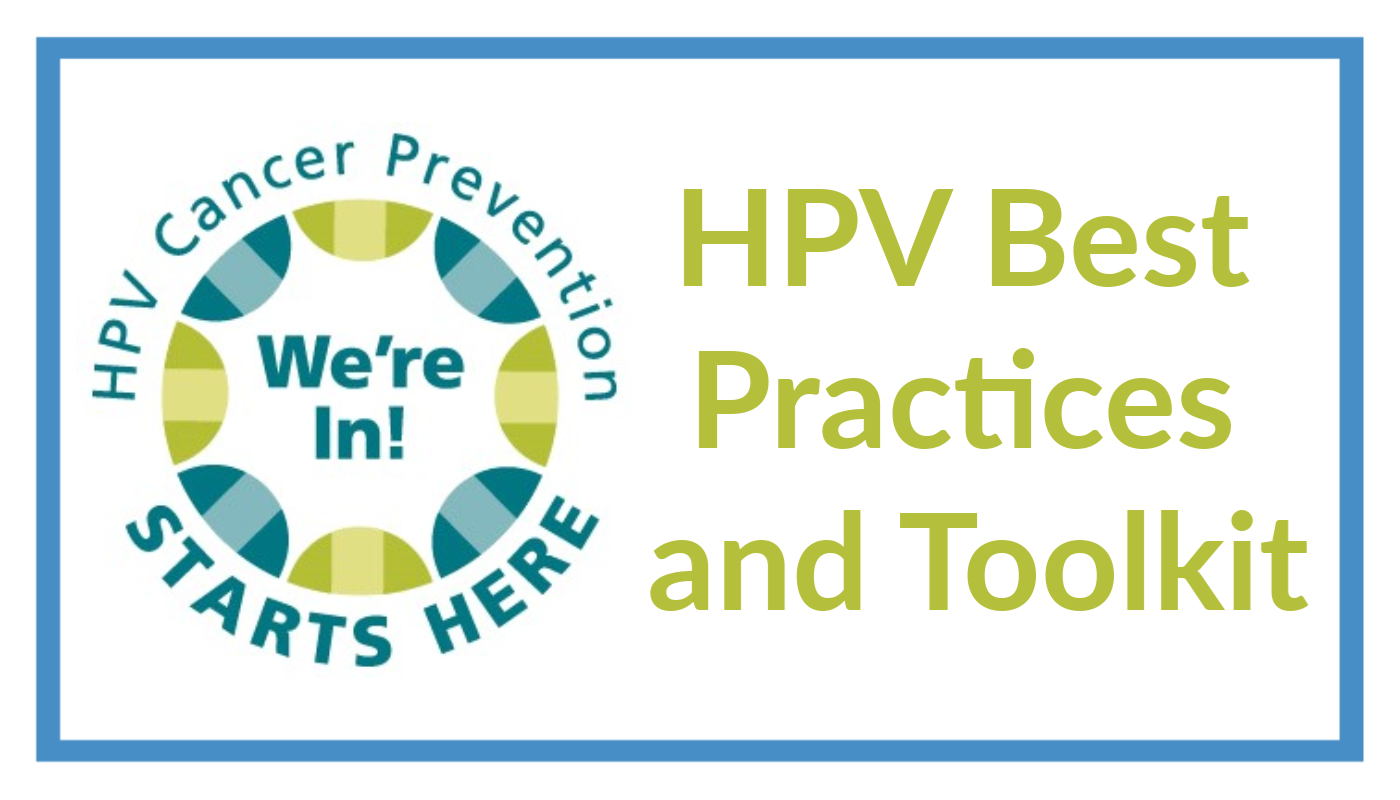Both the National Foundation for Infectious Diseases and the American Academy of Pediatrics have a wealth of resources to aid in improving HPV vaccination rates. These include clinical resources, printable documents for patient education, videos, and webinars. Below is an overview of the resources provided by each organization.
The AAP’s HPV Champion Toolkit has resources to help you:
- Educate other healthcare professionals
- Discuss HPV vaccination with parents
- Make necessary changes in your practice to improve HPV vaccination rates.
The site includes a collection of printable resources for clinicians, caregivers, and preteens/teens. Materials for caregivers are available in multiple languages. It also contains a plan for implementing a change in your office related to the HPV vaccine. The plan uses the Plan, DO, Study, Act (PDSA) improvement cycle, and provides resources for introducing standing orders, giving strong recommendations, using reminder recall systems, and more. In addition, there are teaching tools including a communication simulation app and slide decks to be used in grand rounds or resident training.
The NFID’s Best Practices to Increase HPV Immunization Rates contains resources to increase HPV vaccination rates and educational tools to share with patients. Resources include a Call to Action published by the NFID and links to the Association of Immunization Managers conference calls discussing increasing vaccination rates. In addition, there are links to standing orders for both adults and children and teens, articles and videos, and infographics. Finally, the NFID houses a collection of information titled Communication on HPV Vaccination. These resources include a guide to addressing parents’ questions, various fact sheets, and public service announcements.
Both organizations provide useful information to increase HPV vaccination rates in your practice. If you are working on improving HPV rates, why not take a look at CPP’s Second Dose Program where you can earn a grant for raising rates on the second dose administration of several vaccine series.
